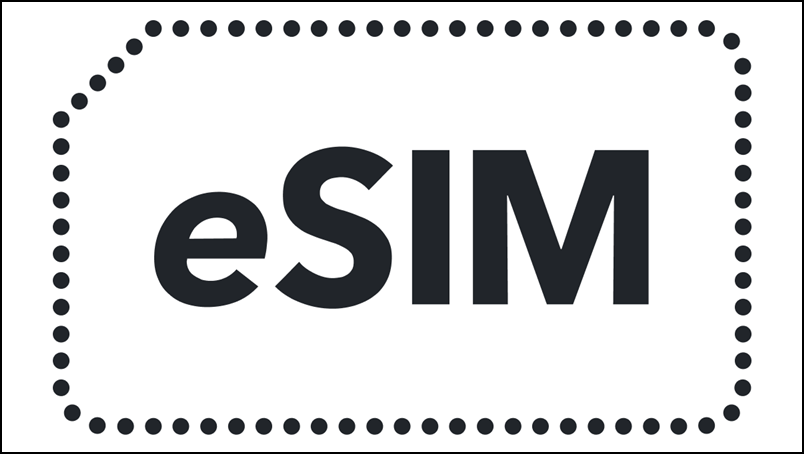How to use e-Sim in iPhones
22-October-2021The newer iPhones(11 onwards) come with dual SIM functionality. But they accept only one physical SIM card. The other one has to be configured by the telecom service provider and it’s called e-SIM. The phone has the SIM identification number already attached at the software level. That number needs to be shared to the telecom and they will map the new mobile number which they allot to this SIM identification number. The actual process of activating this e-SIM changes from Telecom to Telecom. In India, JIO, Airtel and Vodafone are providing this facility currently and BSNL will be starting this from June 2022.
Benefits of e-Sim
- No need to open the phone to insert or remove the sim
- Chances of sim going bad and needing replacement are zero (This does not happen frequently but it does happen)
- Higher Security
- Cheaper Cost
- Compact Form-Factor
- Inter-operability

Of late the technology is being driven by the growth of the IoT devices. Each of the IoT devices need to be connected and with e-SIM its possible to provision them remotely. Additionally when you are managing thousands of such devices, changing the SIM physically is not possible in case of change in service provider.
In India, e-SIMs are being extensively used by the connected car technology used by Hyundai/Kia and Honda. The car has a module which can be connected and then you can track the physical movement and the diagnostic info of the car using a dedicated app on your phone. Using the same tech, the manufacturer gets alerts in case something goes wrong or is about to go wrong. The RO (drinking water purification) appliances manufacturers are also using e-SIM to give connected devices which have to be paid for on a Services Model.
Tags: Benefits, eSIM, mobile phones
Your article does not mention the fact that if we want to use the e-sim, we need the physical sim of that same number..at least for the first time.